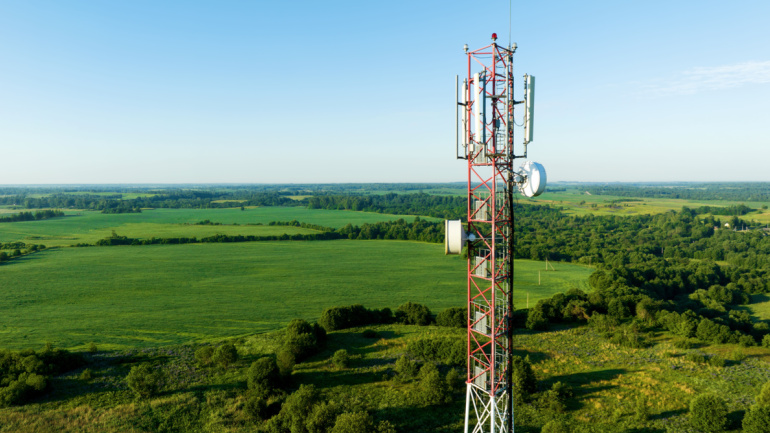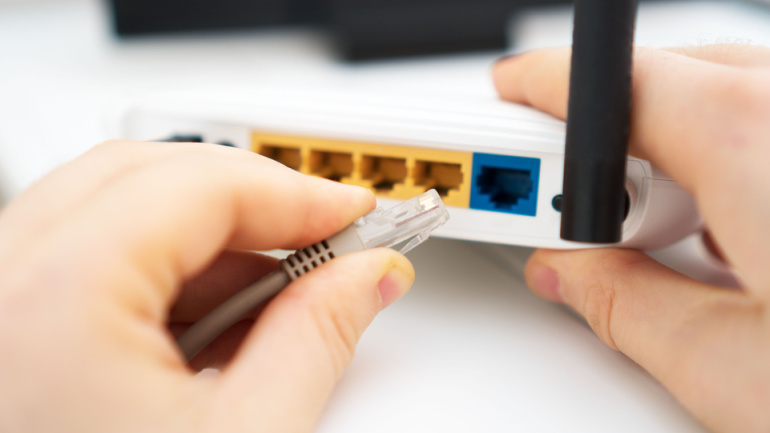The Federal Communications Commission (FCC) has set its sights on reshaping the allocation of approximately $9 billion earmarked for rural 5G expansion. FCC Chairwoman Jessica Rosenworcel announced the move, emphasizing the need to bridge the digital divide across underserved areas of the United States.
CityFibre’s full fibre network in the UK now reaches 3 million premises, a rapid expansion when considering it connected 2 million just a year earlier. Recent key milestones include securing wayleave permissions and financial support totalling nearly half a billion pounds. Technological strides include the market launch of its XGS-PON service offering potential speeds up to 10Gbps. As these advancements continue to transform broadband, stay tuned for updates.
Vocus, a well-known fibre operator in Australia, is in high-stakes discussions for a $4.2 billion bid on crucial assets of TPG Telecom, including Vision Network, its wholesale infrastructure arm. Although the deal is far from done, Vocus’ ambitious plans to strengthen its market presence make it a possible game-changer in Australia’s rapidly evolving telecommunications landscape. The telecom industry keenly observes how this potential acquisition will shape the competitive arena.
The US government has recently provided clarity regarding foreign equipment purchases under the Broadband Equity, Access and Deployment (BEAD) programme. The emphasis is on minimizing exceptions to ‘buy American’ rules, particularly reflected in the fibre-optic sector. Notwithstanding, one significant provision allows sourcing glass used in fibre optics from overseas. This comes as a relief for firms worried about supply sufficiency and costs. The spotlight of foreign vendors, meanwhile, is potentially electronics, with proposed exemptions including most semiconductors.
AT&T has delicately entered the 5G fixed-wireless access (FWA) industry with its Internet Air product, targeting a specific demographic and remaining wary of impacting its mobile and fibre operations. Discussing the challenges and benefits of this strategic approach, we examine its potential against market leaders T-Mobile and Verizon. Are they being too cautious? Are they possibly missing out on the emerging FWA boom in the U.S?.
Welcoming Nokia’s latest innovation — the 25G Passive Optical Network (PON) starter kit. Aimed at enhancing 10Gbs+ deployments, the kit empowers operators to expedite high-speed connectivity for diverse businesses. With the capacity to connect up to ten businesses, this move is amplifying the importance of 10Gbs business connectivity globally. Utilizing existing fiber assets, it offers unique prospect for delivering exceptional speeds to different enterprises, from schools to farms. Discussing the transformation this 25G PON technology brings, we delve into the views of industry insiders and parallel innovations in the works.
Nokia’s revamped home wifi software suite, now known as Corteca, promises to revolutionize in-home connectivity management and user experience. This holistic solution boasts advanced features like Corteca Cloud for network management and Corteca Device Software for device administration. More intriguing is the upcoming Corteca Marketplace, offering ‘try-before-you-buy’ applications, potentially opening new revenue horizons. Despite the anticipation, the question remains – will this alleviate users’ connectivity woes and truly enhance their in-home broadband experience? Stay tuned as the story unfolds.
The uptake of fixed wireless access technology in the US is surging, especially with T-Mobile US and Verizon driving this trend. These telecom behemoths could potentially outstrip their predicted subscriber figures, as suggested by recent data. Both companies registered almost 900,000 customer net additions to their 5G-based fixed wireless services in just the second quarter.
Witness the transformation of UK’s iconic red phone boxes as telecommunications giant BT empowers local communities to repurpose disused kiosks into practical assets. Adoptions through BT’s programme have evolved phone boxes into life-saving defibrillator stations, libraries or mini art galleries. As these kiosks brace for their centenary, BT gears up to offer a thousand more, sparking a fusion of tradition with communal ingenuity.
The UK’s Advertising Standards Authority recently adjudicated a dispute over the supposed misleading adverts of ISP, 6G Internet. The ASA ruled that the company name erroneously suggested the availability of non-existent 6G services. The decision underlines a recurrent issue of consumer confusion over service offerings in the telecommunications sector. Despite the controversy, 6G Internet has not indicated plans to adjust their brand name, possibly sparking inevitable customer confusion as the prospect of true 6G technology looms nearer.













